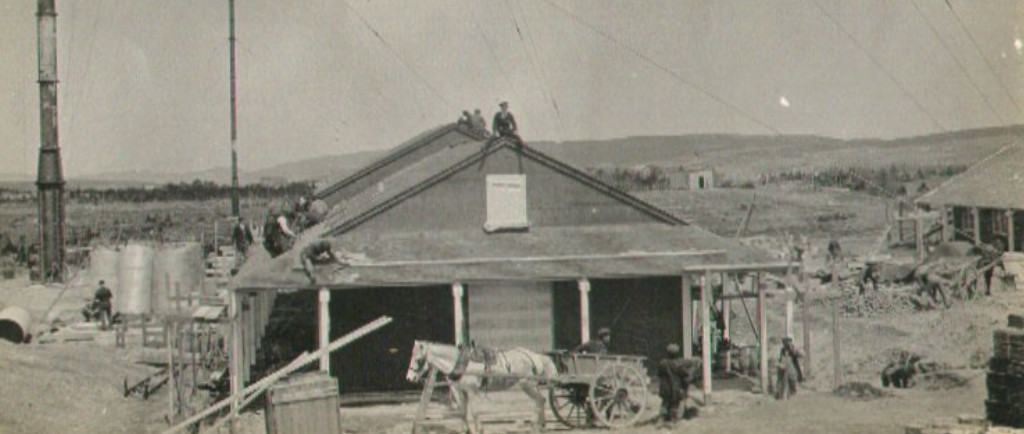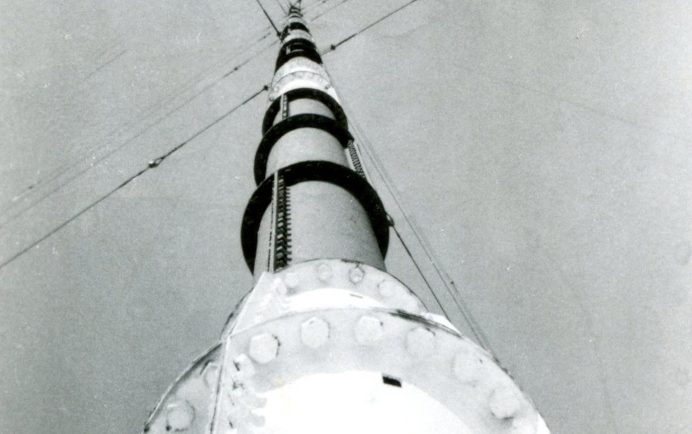Marconi’s Legacy in Newfoundland and Labrador
The day was December 12, 1901. Three men stood on Signal Hill to do the impossible: receive the first wireless message sent across the Atlantic Ocean. More than a hundred metres above them, a kite whipped back and forth in the raging Newfoundland winds, tied to the earth by a rope and an aerial wire. Years of research, experiments, and tests led to this moment and the situation was not looking particularly good. In the last 24 hours, the men had already lost a 2.7-metre kite and a 4-metre balloon to the same high winds.
Inside the run-down abandoned hospital nearby, Italian inventor Guglielmo Marconi sat hunched over a table, a receiver clutched to his ear. Silence. He glanced at the clock, triple-checking that it was, in fact, the right time. Silence. It was the pre-arranged time: 12:30 PM. All of a sudden, he heard a faint sound. Click… Click… Click… He could barely believe it. Several seconds passed, then he heard it again. Click… Click… Click… He handed the receiver to his assistant, George Kemp, who heard the same sound—three clicks, the letter S in Morse code. Unmistakable, undeniable, unbelievable.
The men locked eyes. They had done it! They had done what scientists had said was certainly impossible. They had just received the world’s first transatlantic radio signal.
Start reading the storyMarconi's Legacy in Newfoundland and Labrador
Admiralty House Communications Museum
Mount Pearl, Newfoundland and Labrador



